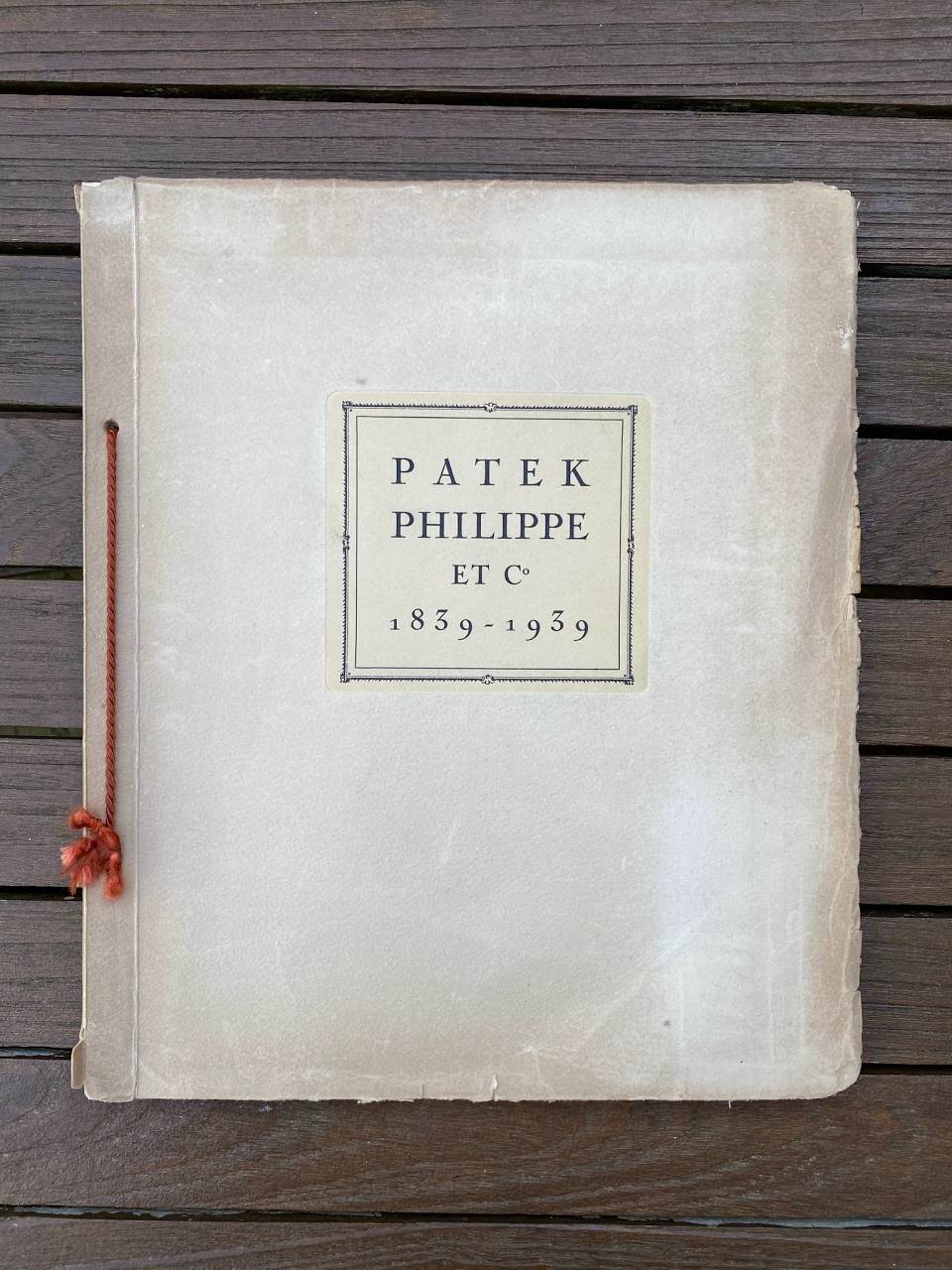
A Patek Philippe Pamphlet from 1939
Horology_Ancienne


Present is a pamphlet distributed by Patek Philippe to mark the occasion of their 100th anniversary in 1939! Only 1,500 copies were made with many most likely lost to the battle of age. Our focus here is the translation (a special thank you to @unekual for making this possible) of this text from French to English. Hope you will all enjoy what I found to be a great read. I have owned this document for many years but only recently rediscovered it while organising my shelves. Without further ado:

Picture 1: Patek Philippe & Co. 1839 – 1939 – A Century in the Watch Industry.
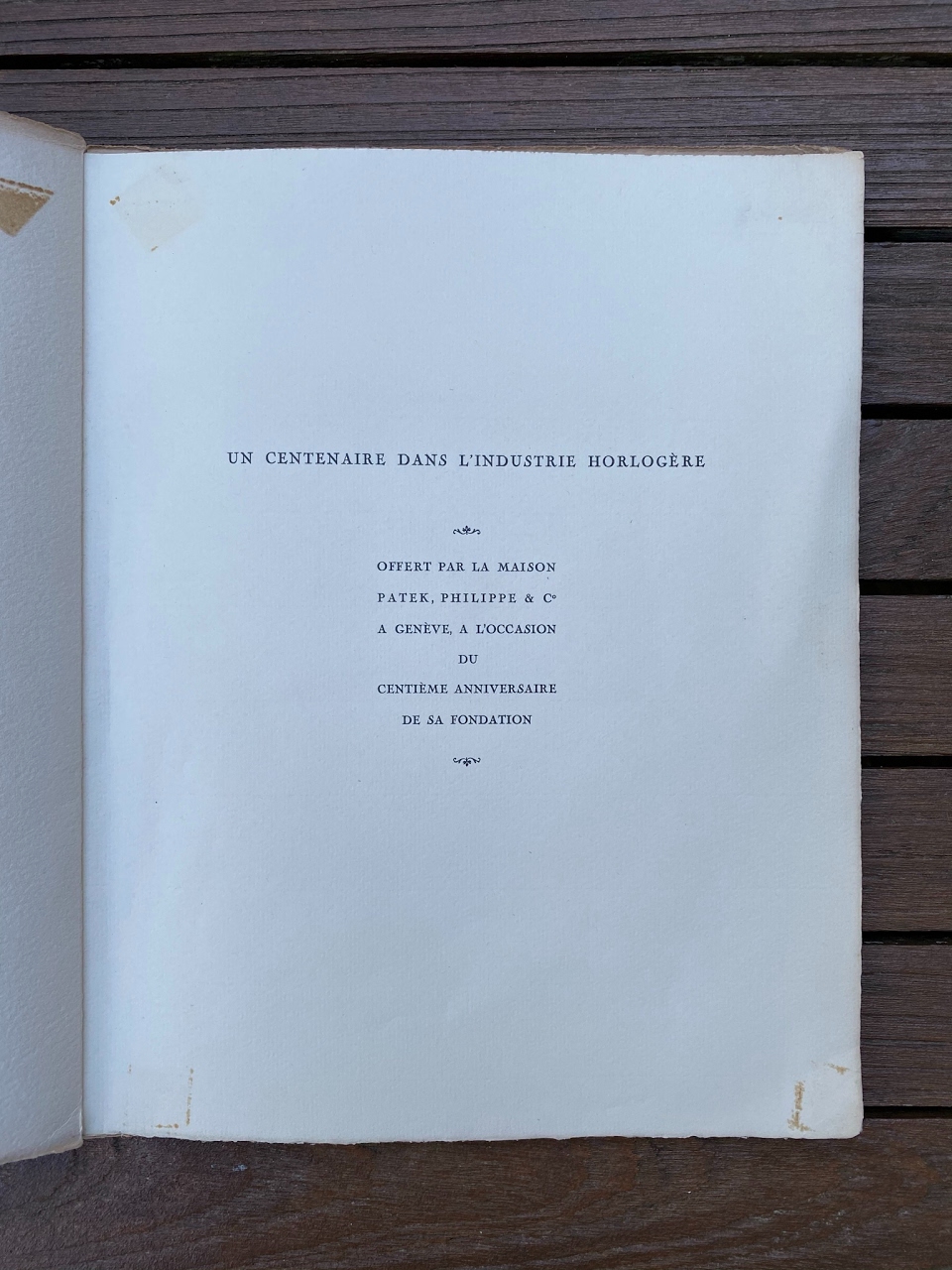
Picture 2: A Century in the Watch Industry. Gifted by the Patek Philippe Company in Geneva to commemorate the 100th Anniversary of its founding.
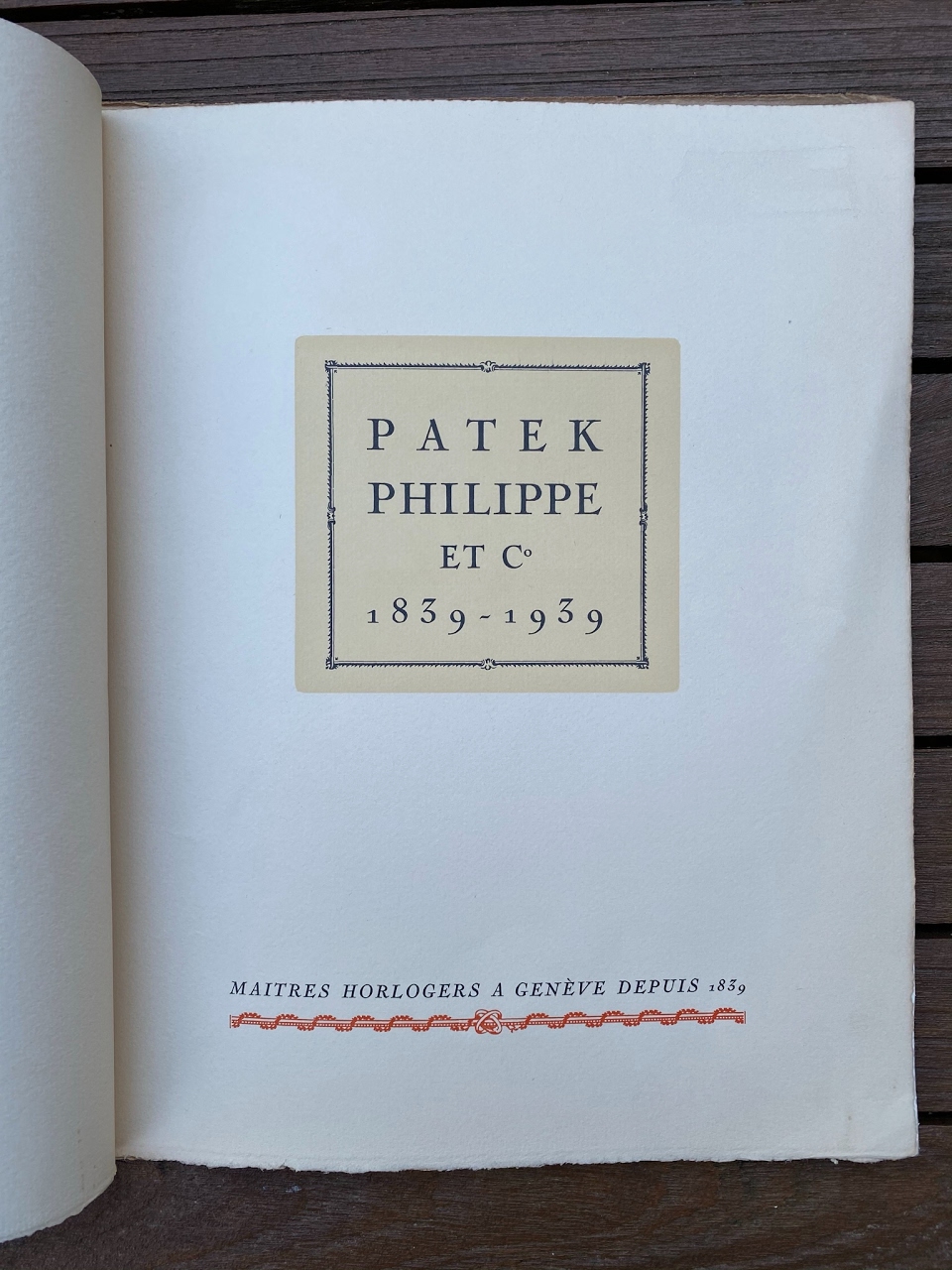
Picture 3: Patek Philippe & Co. 1839-1939. Master Watchmakers in Geneva since 1839.
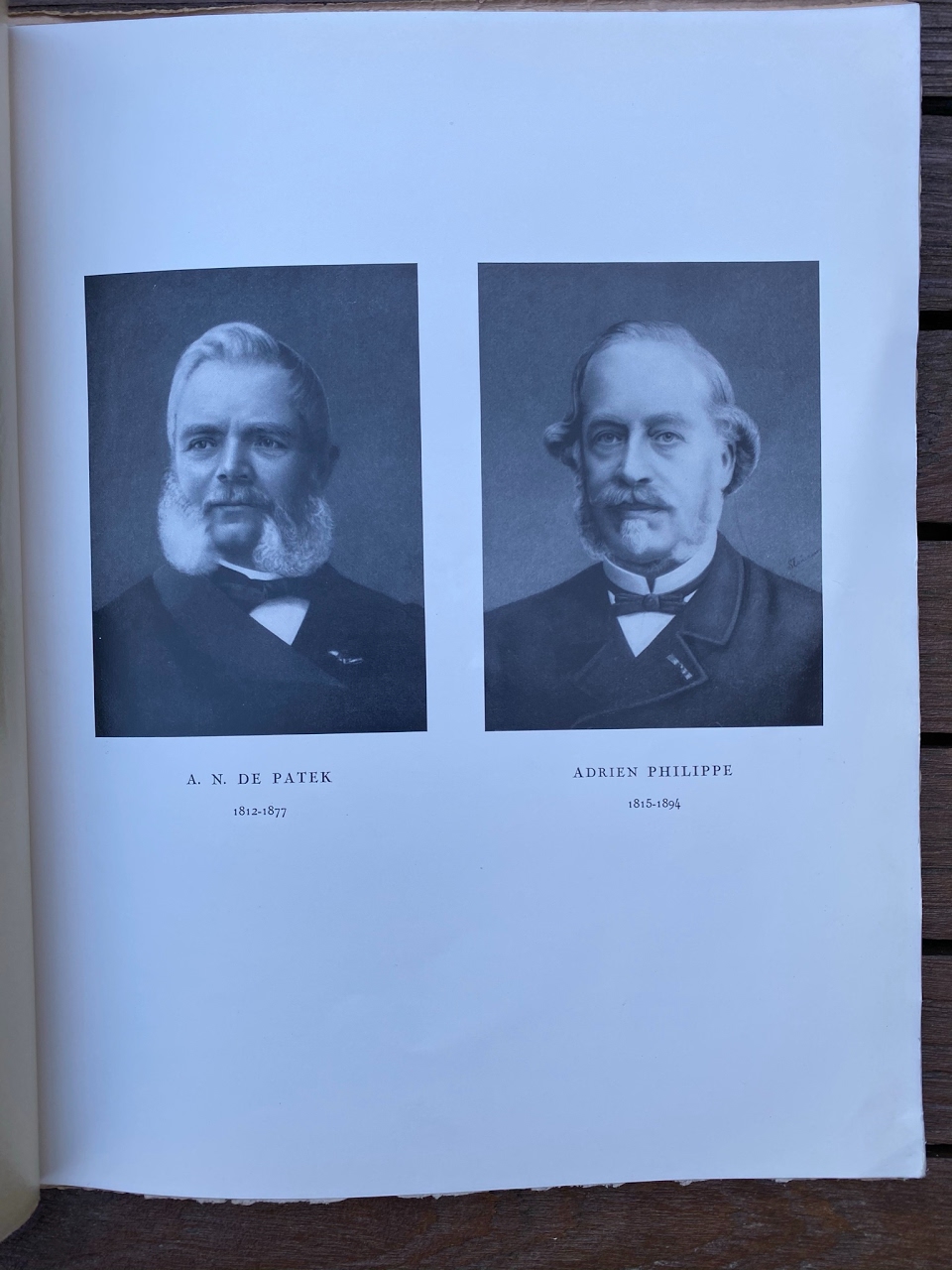
Picture 4: Portraits of A.N. De Patek and Adrien Philippe.
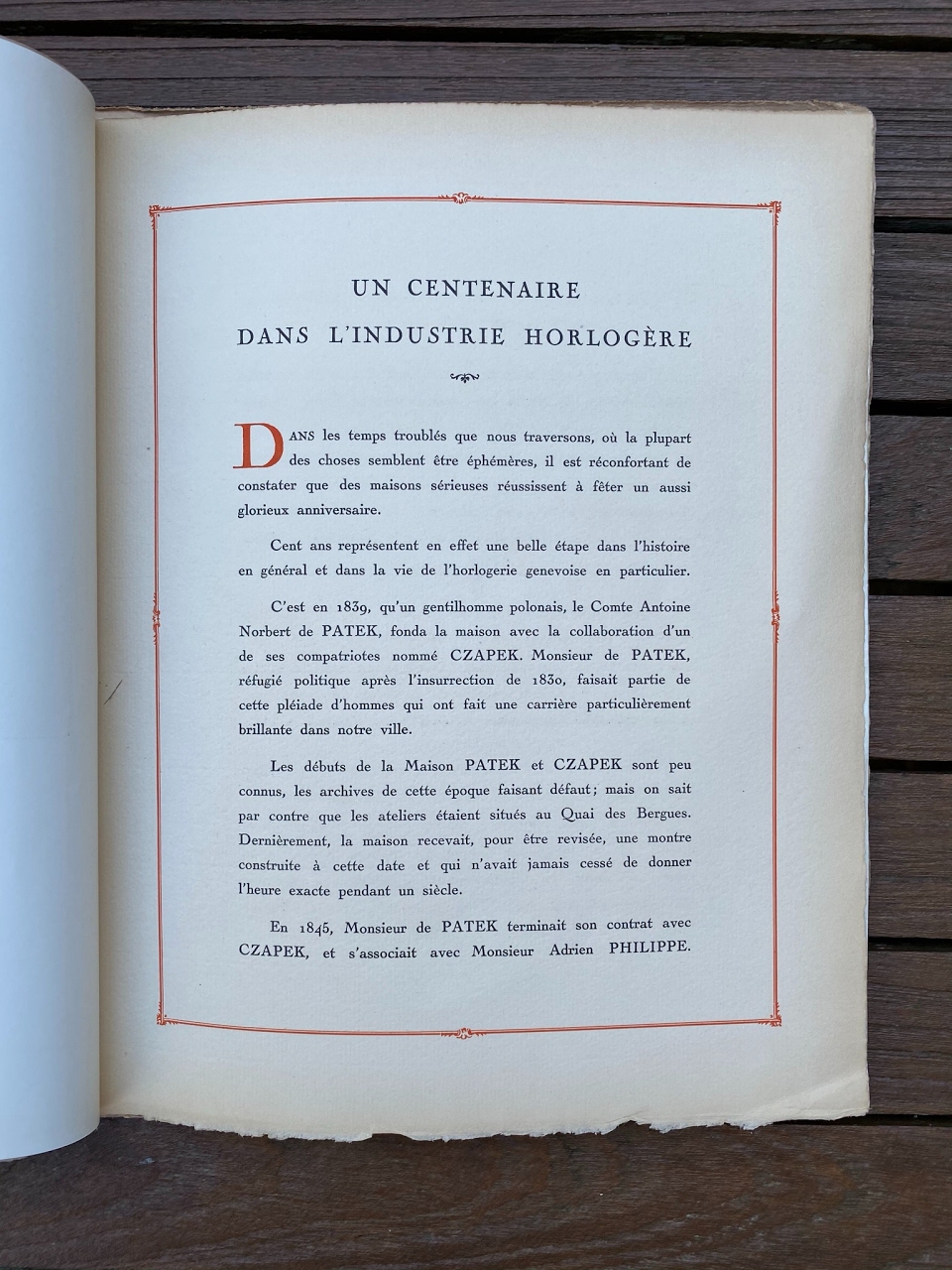
Picture 5: A Century in the Watch Industry. In the troubled times we live in, where most things seem ephemeral, it’s comforting to see companies managing to celebrate such an incredible anniversary. One hundred years represents quite a feat in life, but even more so in Genevan watchmaking. In 1839, the pole, Count Antoine Norbert de Patek, found the Maison in collaboration with his compatriot named Czapek. Mr. de Patek, a political refugee after the 1830 insurrections in his home country, was a part of the fine men managing to forge a brilliant career in our city. The start of the Maison Patek & Czapek aren’t very well known, the archives of the time weren’t very precise ; however we know the ateliers were at the Quai de Bergues. Recently, the brand received a pocket watch for service that hadn’t stopped giving the right time in the last 100 years. In 1845, Mr. de Patek and Czapek’s contract came to an end. So began the collaboration between Mr. de Patek and Mr. Adrien de Philippe.
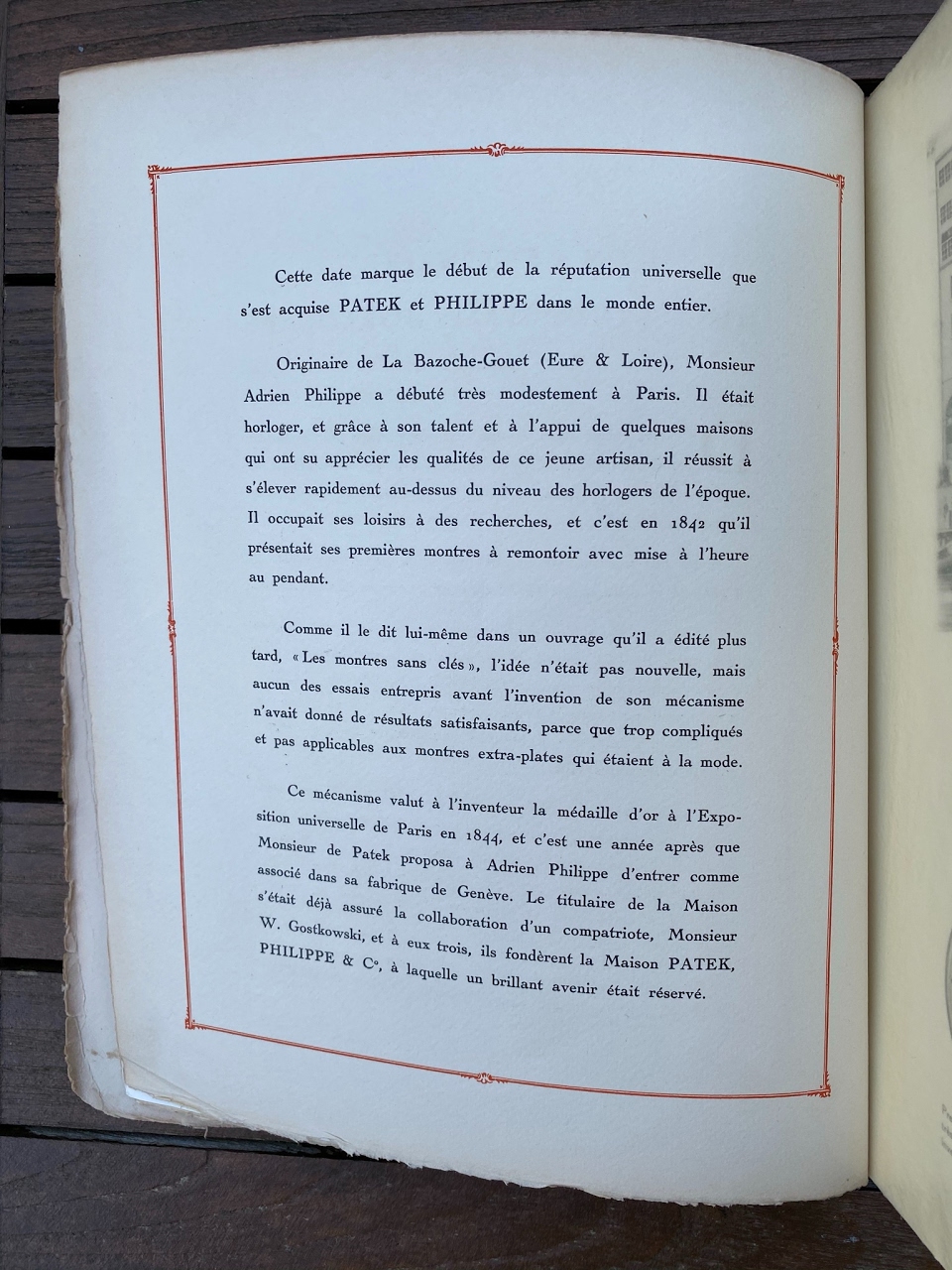
Picture 6: This date represents the start of the international reputation Patek and Philippe made for themselves. Originally from La Bazoche-Gouet in Eure & Loire, Mr. Adrien Philippe began modestly in Paris. A watchmaker, his talent was spotted by a few Maisons of the time. This allowed him to rapidly better himself above other watchmakers of the time. His past time was dedicated to horological research, and in 1842, he presented his first mechanical pocket watches. In his own words, “key-less watches”, the idea wasn’t new, but no attempts from other watchmakers had blossomed into anything adopted in the industry due to the thickness and complexity of these attempts, not usable in the extra thin watches en vogue at the time. His mechanism granted him the gold medal at the 1844 Paris Universal Exposition and a year later Mr. de Patek offered their collaboration to Adrien Philippe. The founder of the Maison also offered to Mr. W. Gostkowski to join the venture, and the three of them found the Maison Patek, Philippe & Co. – awaiting a brilliant future.
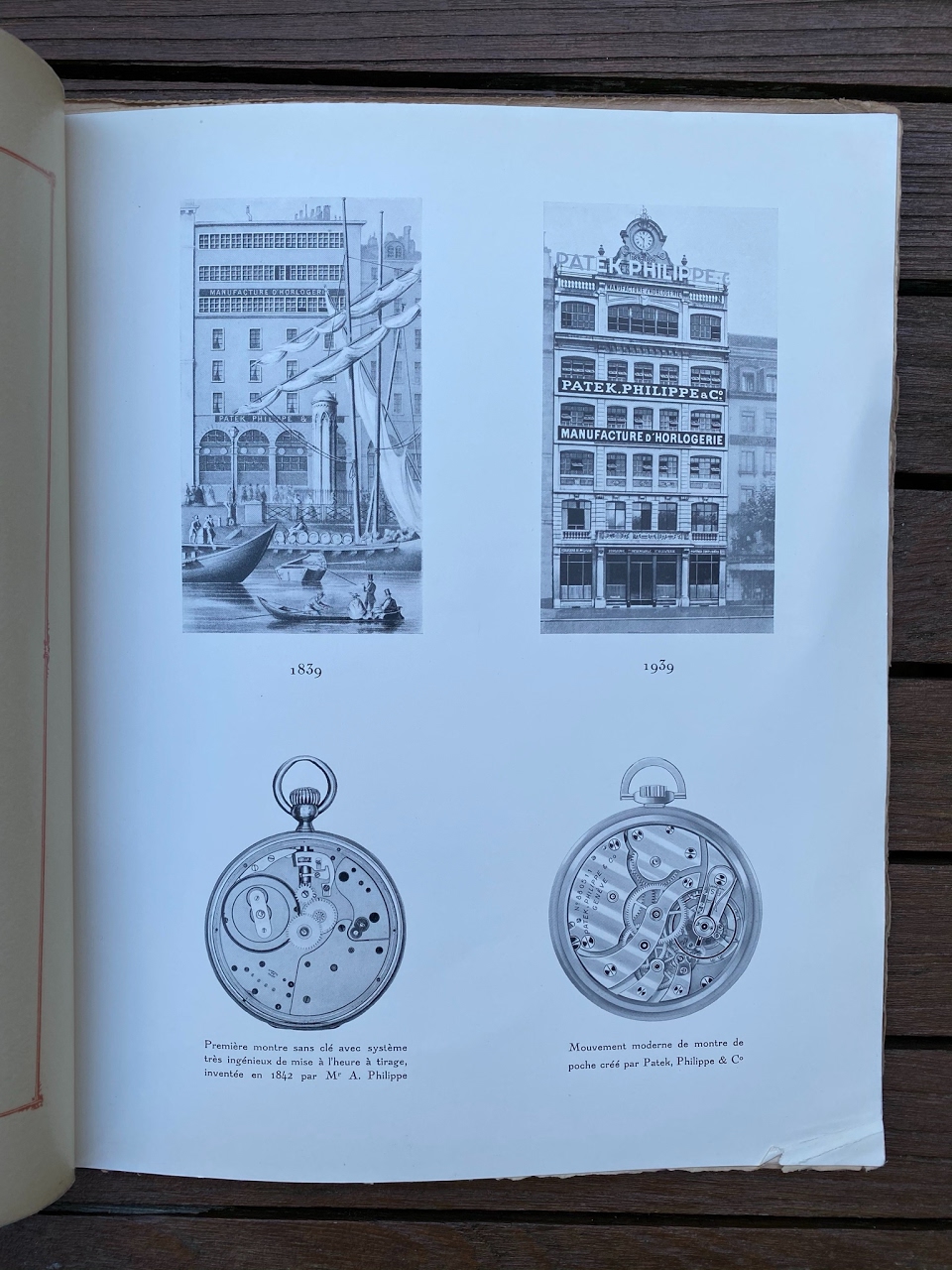
Picture 7: Pictured bottom left : First keyless watch system with ingenious “pull setting” invented in 1842 by Mr A. Philppe. Pictured bottom Right : Modern Patek Philippe & Cie movement.
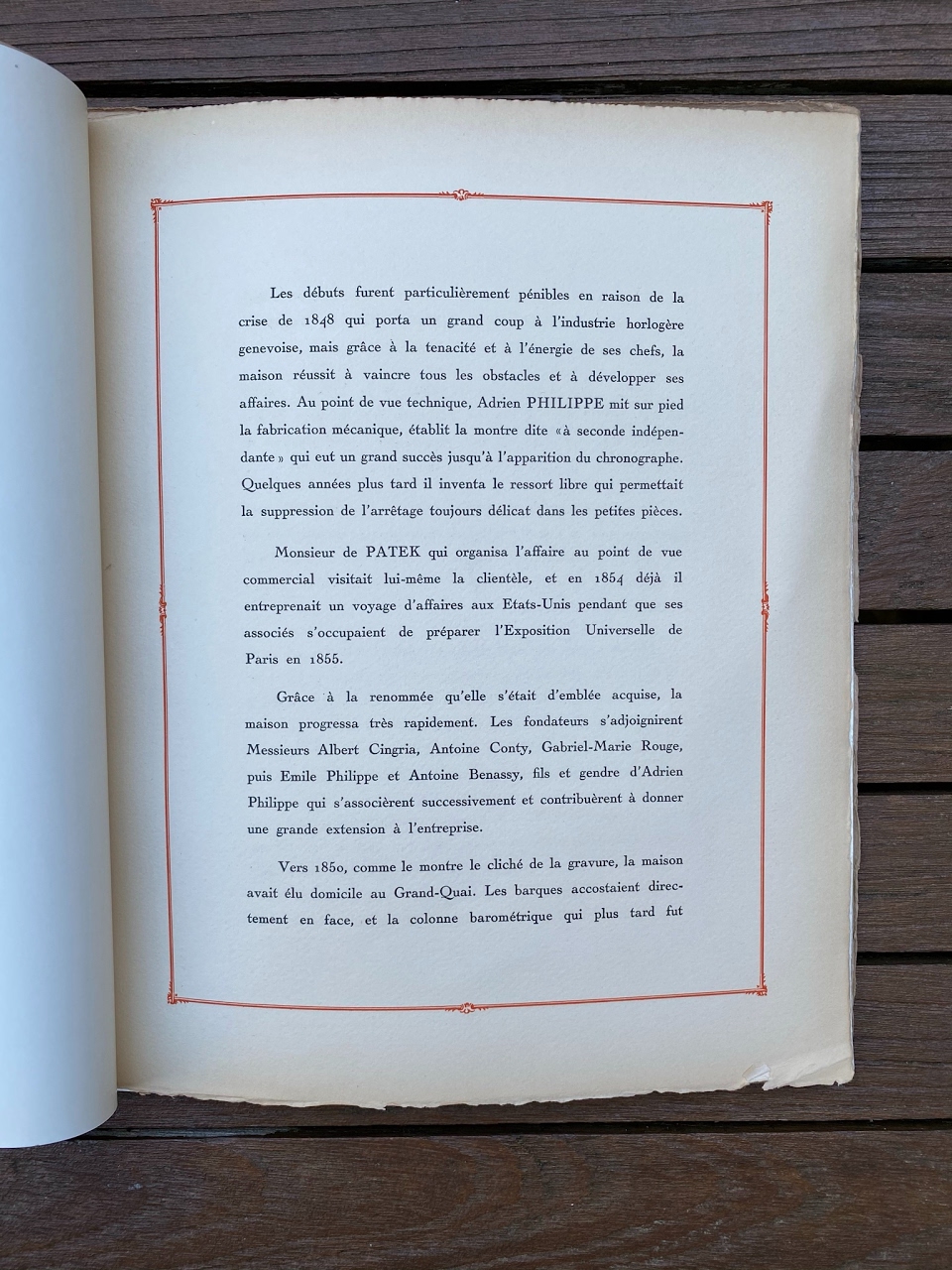
Picture 8: The beginnings were rough due to the 1848 crisis [revolutions of Western and Central Europe] which was a huge blow to the Genevan watch industry, but thanks to the tenacity and energy of its founders, the Maison weathered the storm. On the technical front, Adrien Philippe set up mechanical fabrication, and created a watch with “independent seconds hand”, which was a great success when chronographs appeared. A few years later, he invented the free spring which stopped the need for stopping, always a delicate task in smaller timepieces. Mr. de Patek organized business on a commercial front and visited clientele in person. In 1854, he had already planned a business trip to the United States while his associates were busy preparing for the 1855 Paris Universal Exposition. Making quite the name for itself, the brand progressed rapidly. The founders were joined by Mr. Albert Cingria, Antoine Conty, Gabriel-Marie Rouge followed by Emile Philippe and Antoine Benassy, son and brother-in-law to Adrien Philippe who became associates and successively aided the Maison in its extension. Circa 1850, as we can see on the picture to the left [previous slide], the Maison settled on the Grand-Quai. Boats could dock on the other bank and the barometric column which was temporarily moved to the angle of the English Gardens before finishing at the corner of the Quai Pierre Fatio, was at the time directly across the entrance of the store.
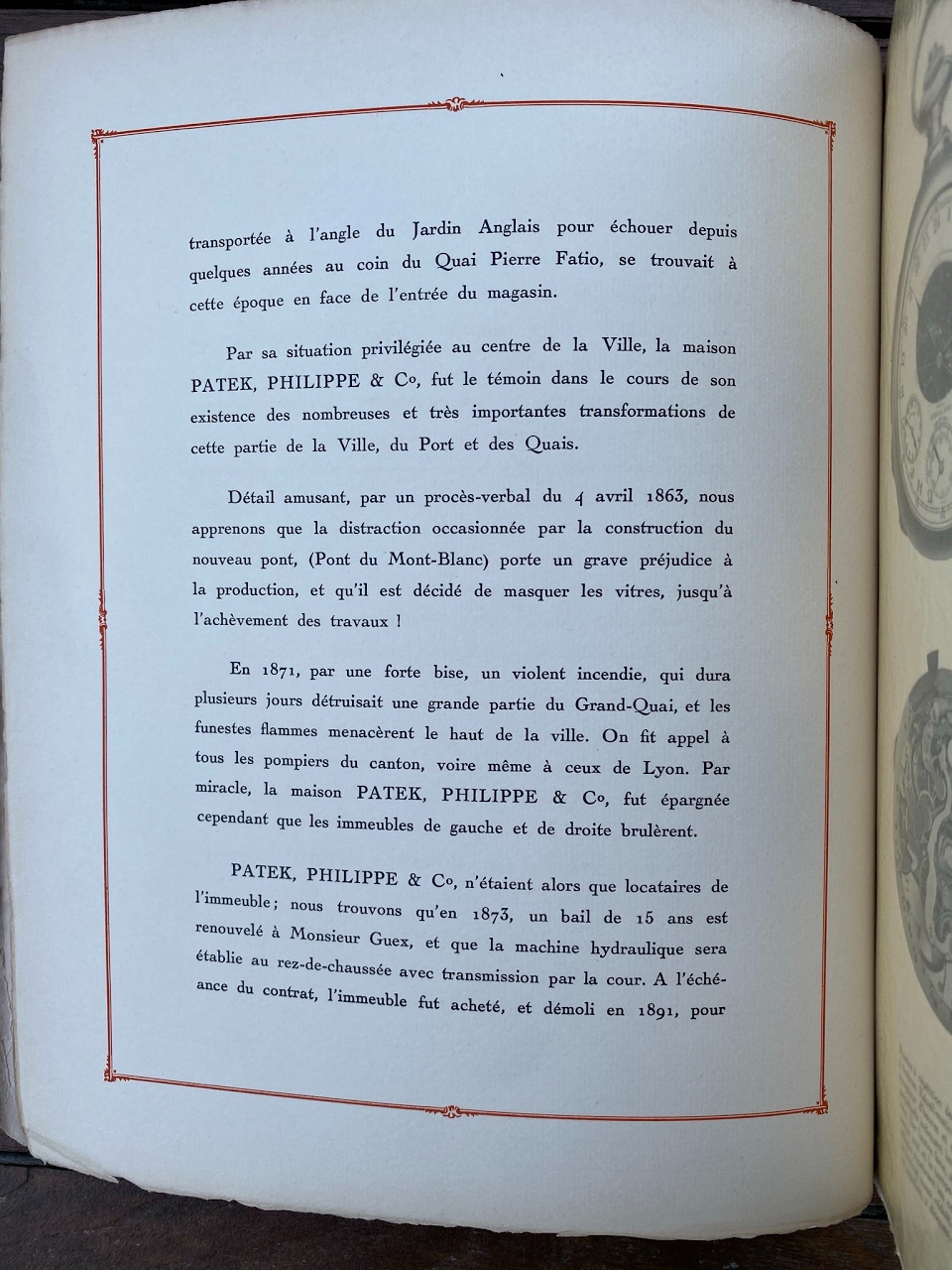
Picture 9: The Maison Patek, Philippe & Co. was privileged to be in the centre of the City, witnessing many important transformations in the Port and the Docks. Fun fact, through an internal report from April 4th, 1863, we learnt that workers were being so distracted by the construction of the Mont-Blanc Bridge, it was decided to mask the windows until its completion. In 1871, due to heavy winds, a violent fire, that lasted several days destroyed a large part of the Grand Quai, the flames menaced the City’s heights. All the fire brigades of the canton were called upon, even some from Lyon came to the City’s aid. Miraculously, the Maison Patek, Philippe & Co. was spared, meanwhile buildings to its left and right burned. Patek, Philippe & Co. were only renting the building at the time, we found that in 1873, a 15-year lease agreement was renewed with Mr. Guex, and that the hydraulic machines would be installed on the ground floor with transmission through the court. Once the lease agreement ended, the building was bought, and demolished in 1891 to be reconstructed. 17 years later, an extra floor was added, giving the building its definitive aspect.
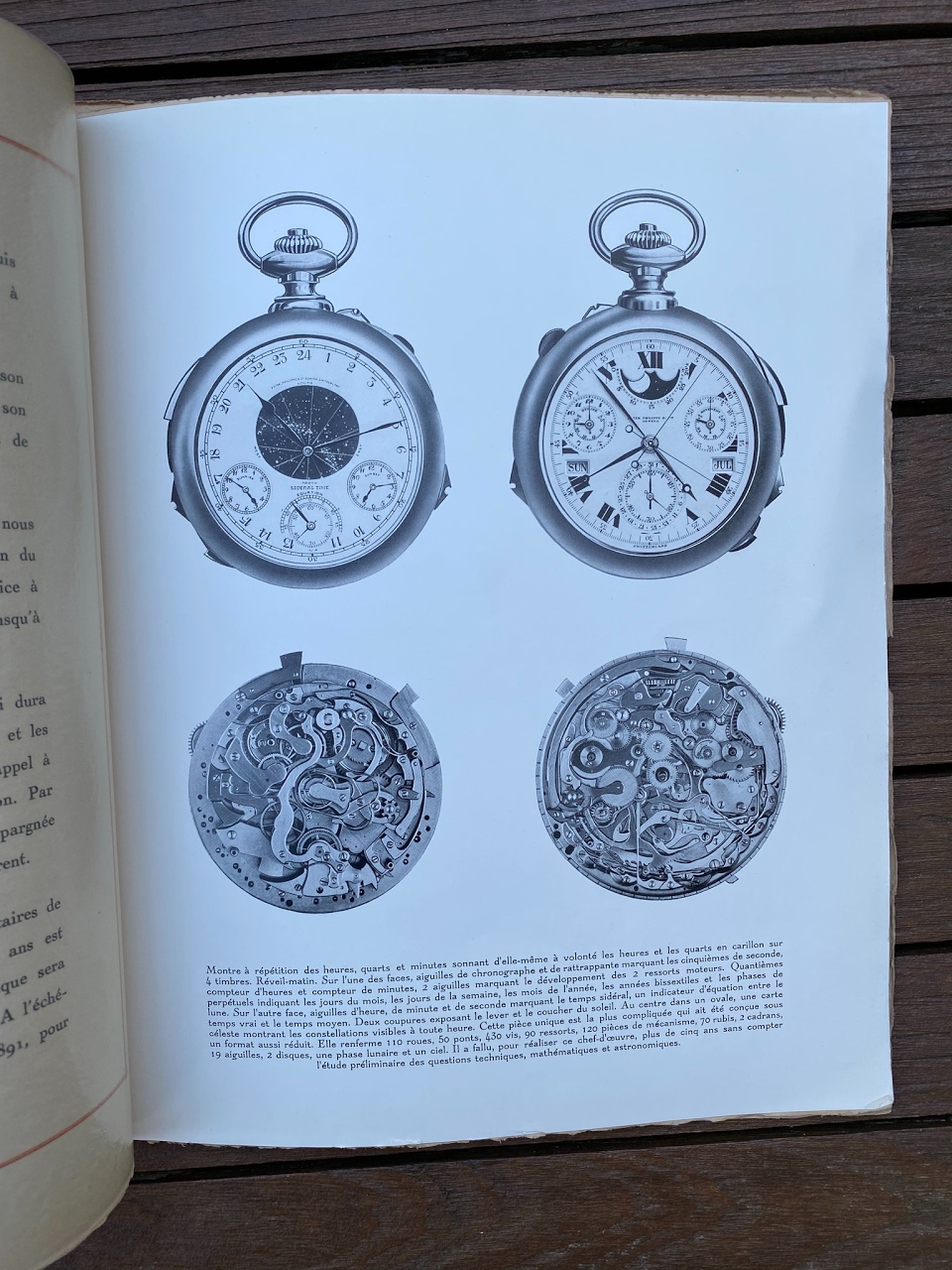
Picture 10: Minute repeater, quarter and minutes ring, hours and quarters in carillon on 4 tones. Alarm. One side, fly-back chronograph hand marking the 5th of a second, hours and minutes, 2 hands mark the development of both spring motors. Perpetual Calendar indicating day of month, day of week, month of the year and leap years, as well as moon phase. The other side, hour hand, minutes and seconds marking sideral time, an indicator marking the difference between real time and mean time. Two cut-offs exposing the sun rise and sun set. In the centre, in an oval, a celestial map showing the constellations visible at all times. This piece unique is the most complicated conceived in such a compact form. It encloses 110 wheels, 50 bridges, 430 screws, 90 springs, 120 mechanism parts, 70 rubies, 2 dials, 19 hands, 2 discs, a moon phase and sky. In order to create this master piece, it took more than 5 years excluding preliminary studies into the technique, mathematics and astronomy.
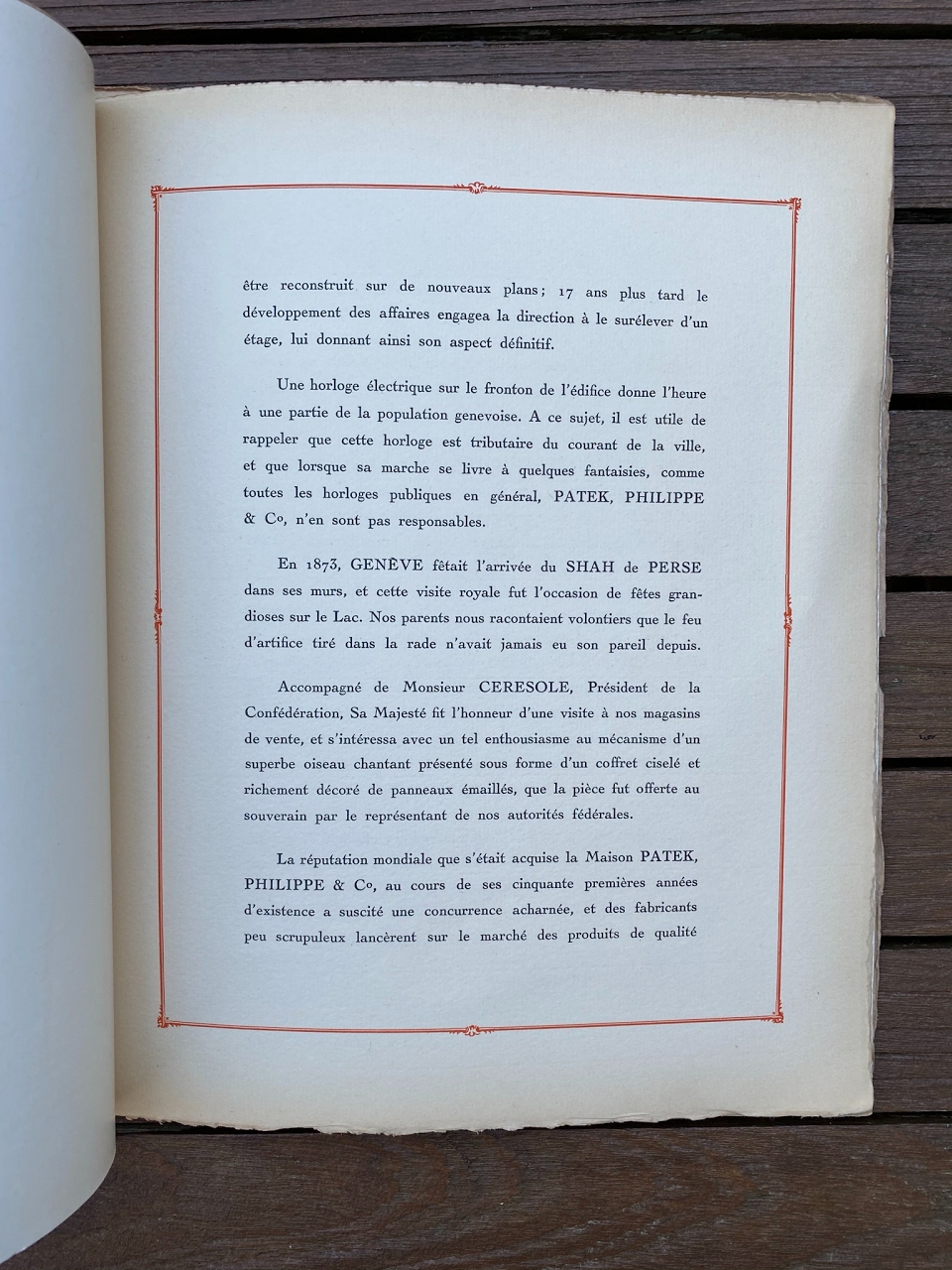
Picture 11: An electrical clock on the front of the building gives the time to a part of the Genevan population. It’s important to note this clock is energy dependant of the City, and that if the time it displays sometimes seems a little fantastical, like all public clocks, Patek, Philippe & Co. cannot be held accountable. In 1873, Geneva celebrated the arrival of the Shah of Persia – this royal visit brought sumptuous parties to the Lake. Our parents told us the fireworks were never matched since. Accompanied by Mr. Ceresole, President of the Confederation, his Majesty honoured us with a visit to our boutique, he was so impassioned by the mechanism of a small automaton decorated with engravings and enamelled panels of a singing bird, that the piece was gifted to him by the representative of the federal authorities. The international reputation the Maison Patek, Philippe & Co. acquired in its first fifty years brought relentless competitors, and ruthless competitors brought to market inferior watches branded Pateck & Co, or Philippe Pateck, that were no more than grotesque counterfeits.
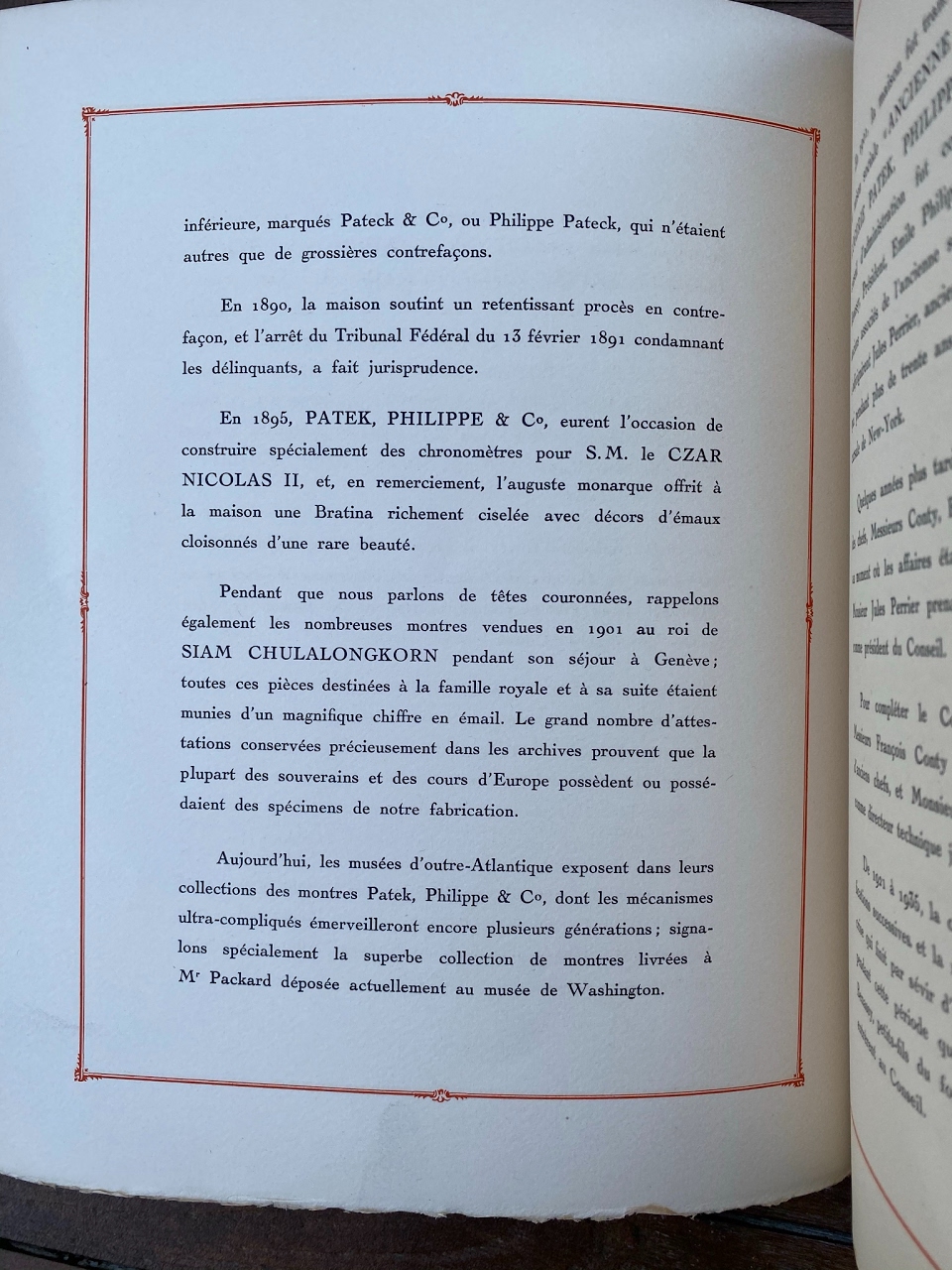
Picture 12: In 1890, the Maison backed the fight against counterfeiting with the Federal decree of February the 13th 1891 finally condemning the crime. In 1895, Patek, Philippe & Co. created chronometers for H.M. the Czar Nicolas II, and in thanks to the chronometers, the monarch offered the Maison a cloisonné enamelled Bratina of rare beauty. Whilst we’re on the subject of royalty, let us not forget the numerous pieces sold in 1901 to the King of Siam Chulalongkorn during his stay in Geneva; all these pieces destined to the royal family were adorned with an enamel number. Our archives show that most European monarchs of the time and their courts own or owned pieces of the Maison. Today, American museums display Patek, Philippe & Co. watches in their collections, their complicated mechanisms enamouring generations to come. We mustn’t forget the superb collection of watches delivered to Mr. Packard, currently on display at the Washington museum.
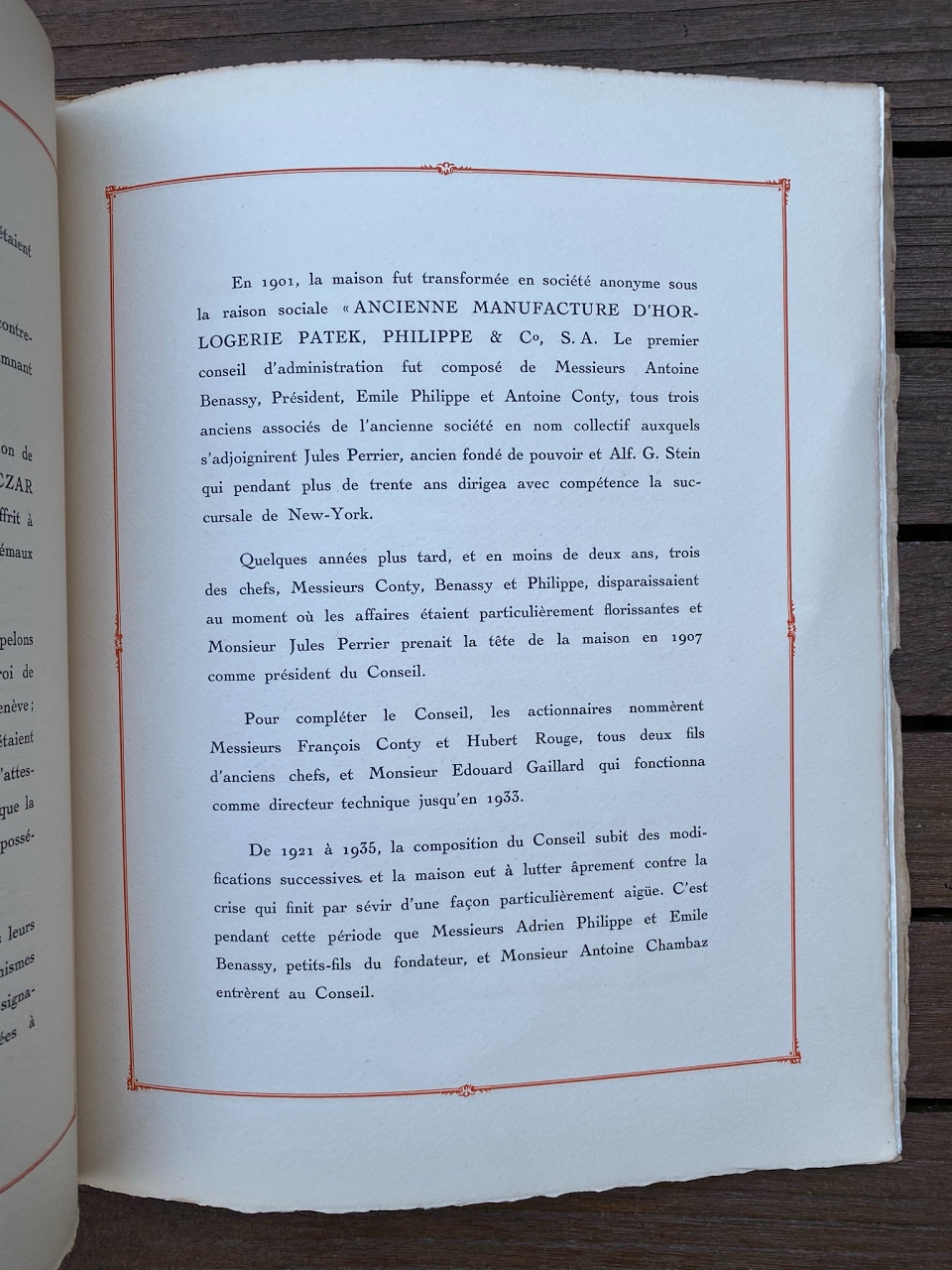
Picture 13: In 1901, the maison was transformed into a limited liability company, incorporated under the name “Ancienne manufacture d’Horlogerie Patek, Philippe & Cie, S.A” (translating to Ancient Horological Manufacture Patek, Philippe & Co LLC). The first board of directors included Antoine Benassy, President, Emile Philippe and Antoine Conty, all three of them associates of the former company, to whom was also added Jules Perrier, who has worked for Alf. G. Stein and headed for the past 30 years their NY division. A few years later, and in less than two years, three of the Board members passed away at a time where business was blooming - in 1907, Jules Perrier became president of the Board of Directors. Francois Conty, Hubert Rouge and Edouard Gaillard were then added to the Board of Directors, the prior joining as technical director until 1933. From 1921 to 1935, the bord of directors was prone to successive change and the company had to stand the financial crisis at hand. It is during this period that Adrien Philippe and Emile Benassy, grandchildren of the founders, and Antoine Chambaz joined the Board of Directors.
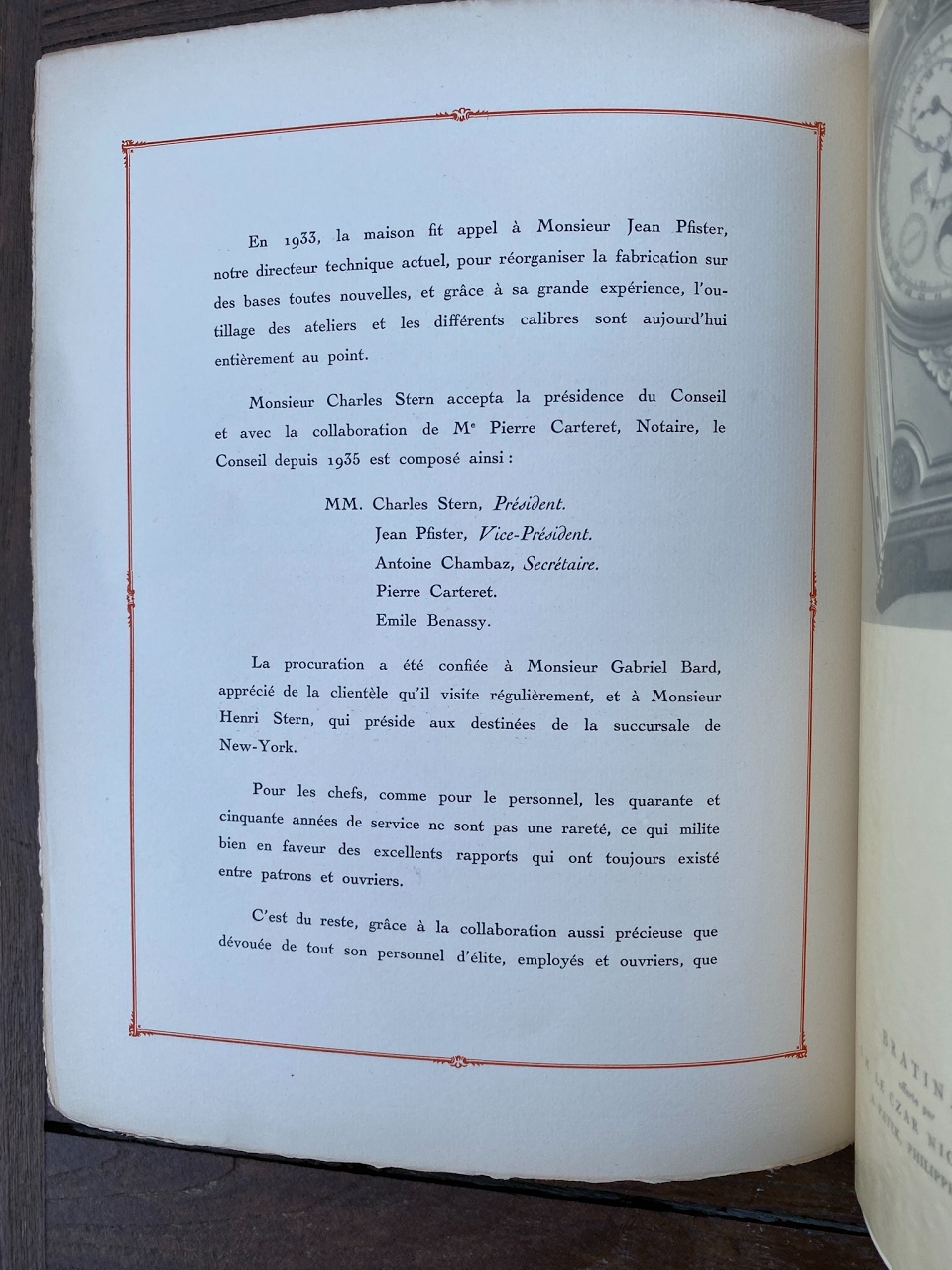
Picture 14: In 1933 the Maison called upon Mr. Jean Pfister, our current technical director, to reorganise our fabrication process. Thanks to his experience and knowledge, the production of our calibres is perfectly handled. Mr. Charles Stern accepted presidency of the Council and with the collaboration of Mr. Pierre Caderet, notary, the council is composed since 1935 as follows: M.M Charles Stern, President. Jean Pfister, Vice-President. Antoine Chambaz, Secretary. Pierre Carteret. Emile Benassy. Procuration was confided in Mr. Gabriel Bard, appreciated by the clientele that he visits often, and Mr. Henri Stern, presiding over New York. For the bosses as well as employees, forty and fifty years of service aren’t abnormal which goes to show the excellent relationship between workers and management. It goes without saying the success of the company wouldn’t have been possible without the work put in by our employees.
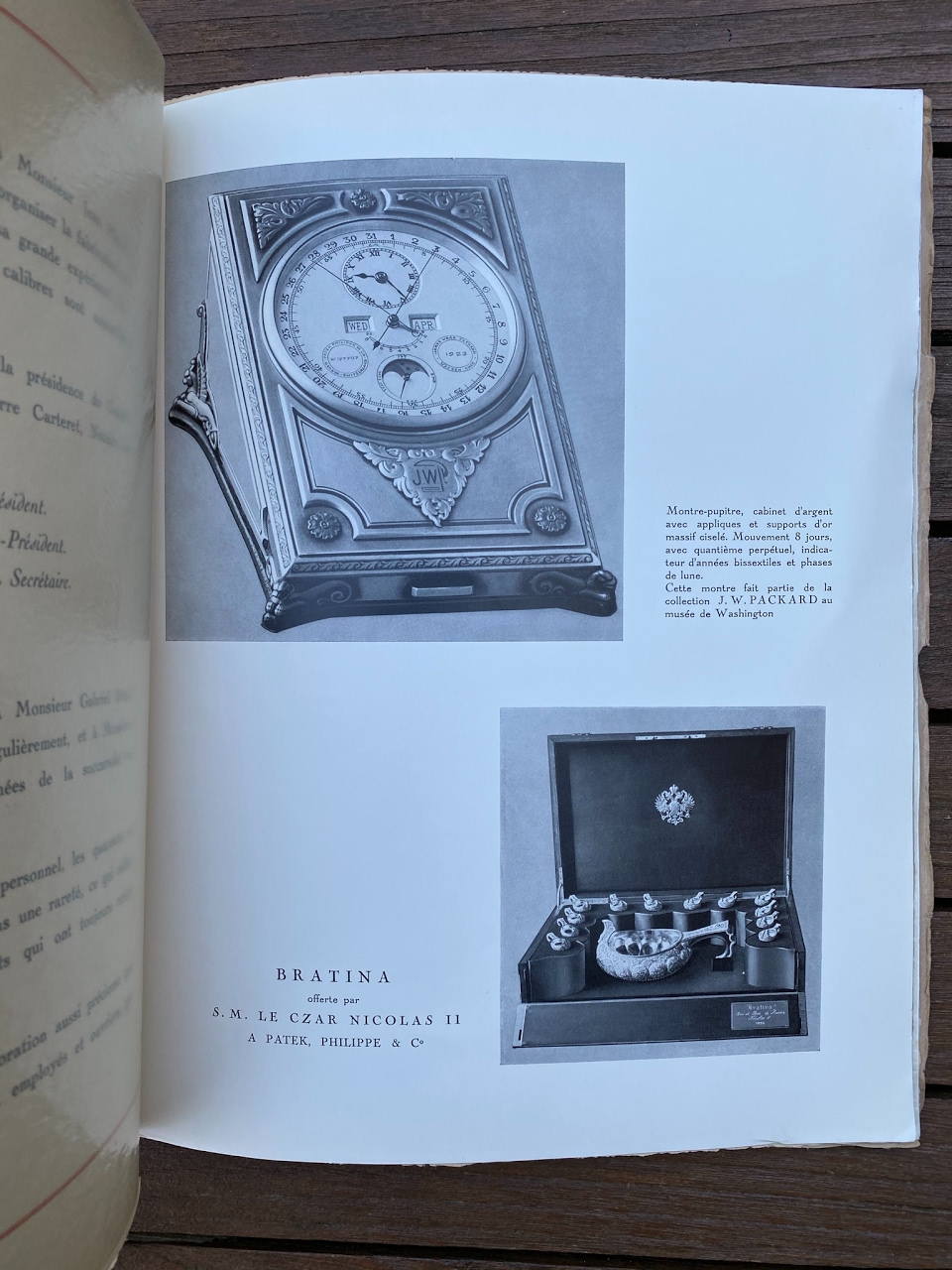
Picture 15: Top: Desk clock, silver case with appliqués and solid gold chiselled supports. 8 day movement with perpetual calendar, leap year indicator and moon-phase. This watch is a part of the J.W. Packard collection in the Washington Museum. Bottom: BRATINA Offer by S M. The Czar Nicholas II To Patek Philippe
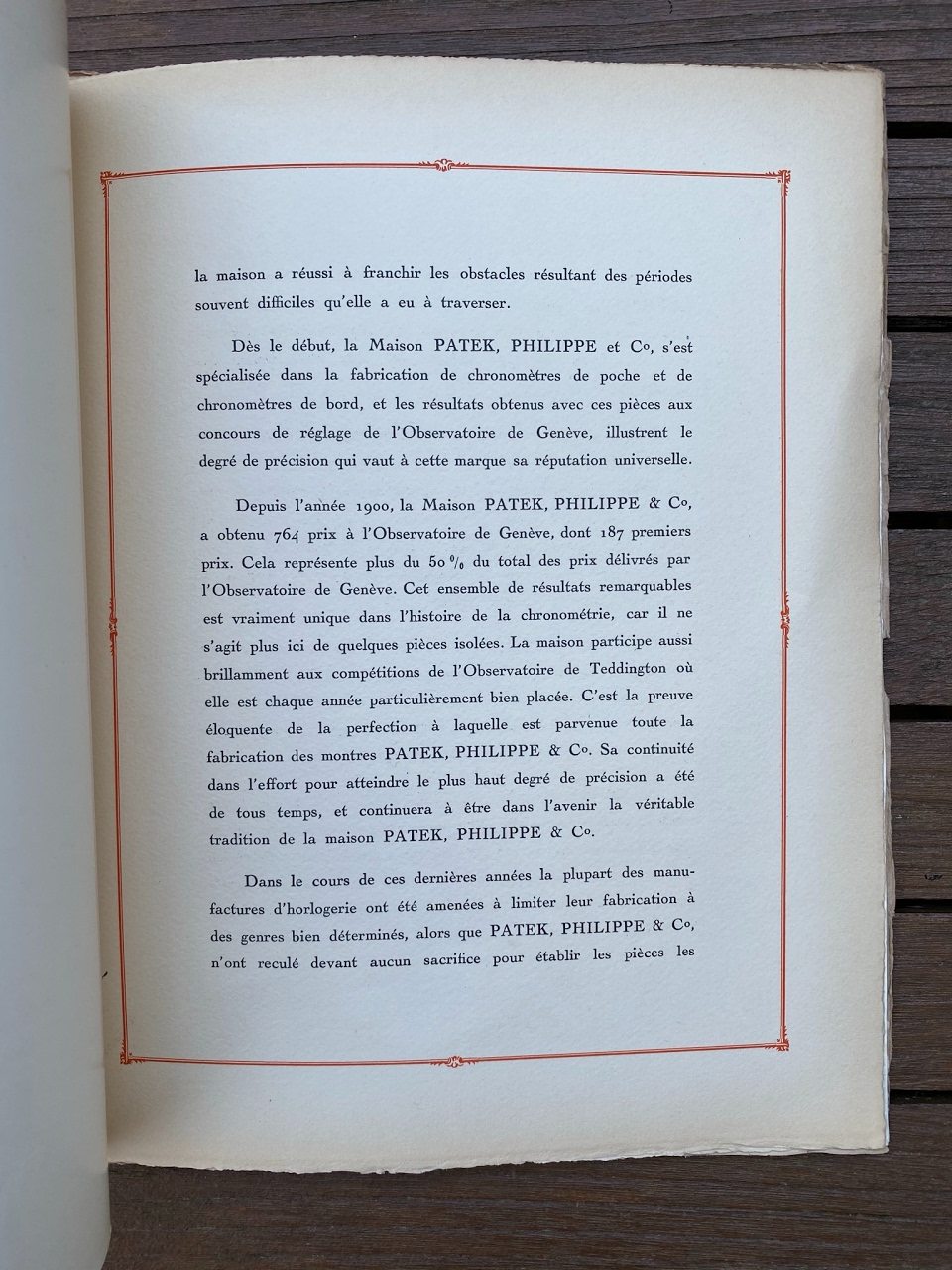
Picture 16: From the start, Patek, Phillipe & Co. specialised in making specialised pocket chronometers and the results obtained by these pieces in horological contests of the Geneva Observatory were always outstanding and illustrated the degree of precision that gave the brand its universal reputation. Since 1900 (til 1933), the Maison Patek, Philippe & Co. has obtained 764 prizes from the Geneva Observatory contest, of which 187 were first prizes. This represents 50% of all prizes delivered by the Geneva Observatory. These sorts of results are truly unique in the history of chronometry as we aren’t talking of a select few pieces. The Maison also partakes brilliantly in the Teddington Observatory contest and is well placed every year. This is proof of the perfection at which the production of all Patek, Philippe & Co. timepieces are produced. Its continuous efforts to achieve the highest degree of precision will continue to a tradition to the Patek, Philippe & Co. Maison. In the past few years, most of our competitors were forced to limit their production. Patek, Philippe & Co. hasn’t made any sacrifices to produce pieces both simple and complicated with utmost quality remaining its priority. Bracelet watches both for men and women allowed the Maison to create the most varied and elegant timepieces, admired by connoisseurs.
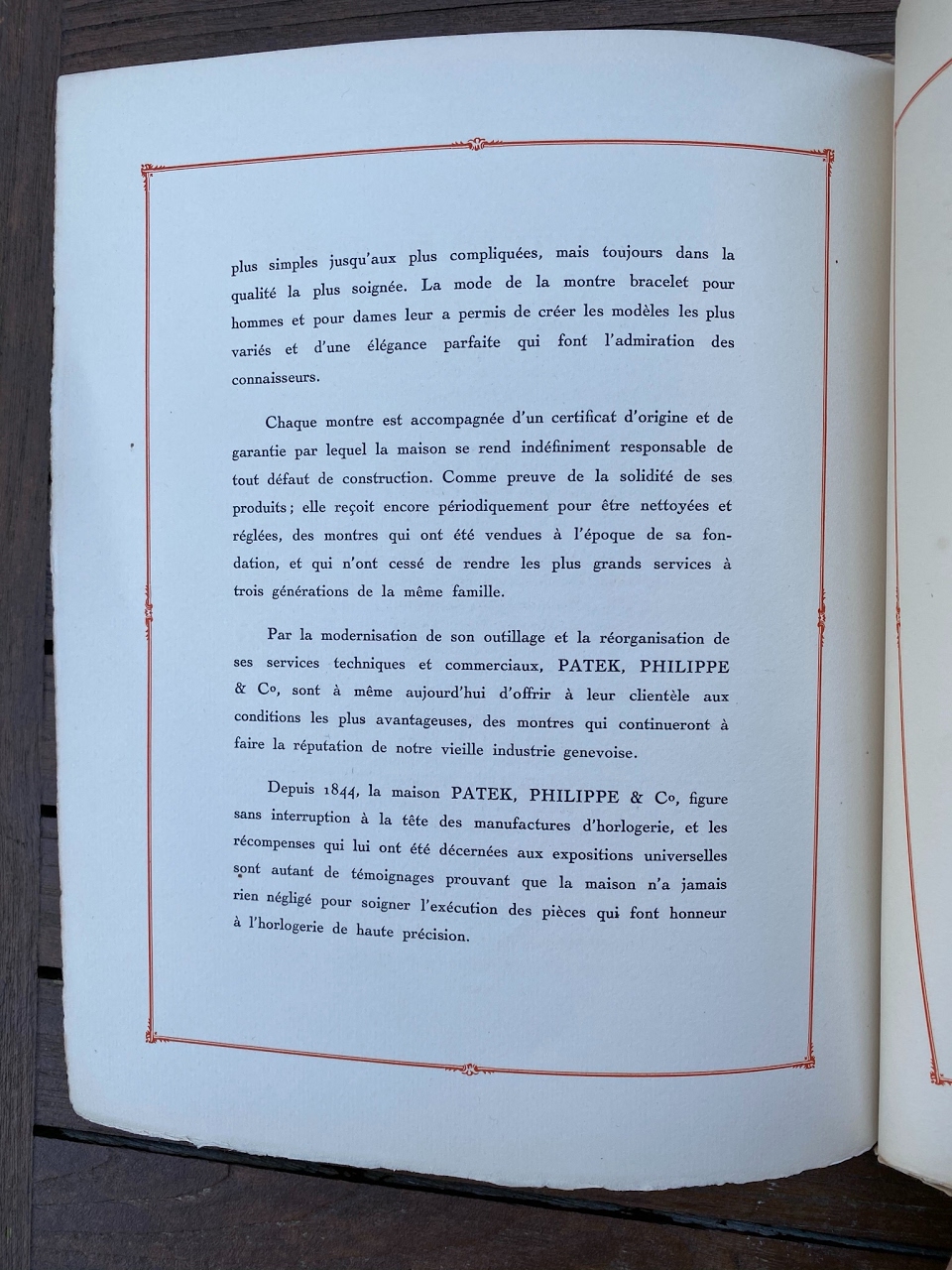
Picture 17: Each Watch is accompanied by a Certificate of Origin and a Warranty for which the company holds itself indefinitely accountable for any factory defect. To prove its products’ toughness, the manufacture still receives pieces from its foundation for service, that have for three generations, served its owners. By modernising its tools and reorganising its technical and commercial services, Patek, Philippe & Co. can now offer to its clientele watches that continue to make our Genevan industries’ reputation. Since 1844, the Maison Patek, Philippe & Co. has, without interruption, at the top of the Watch Industry, and the prizes delivered to it at Universal Expositions are a witness to show the Maison has never cut corners and has continued to offer timepieces that honour high precision watchmaking.
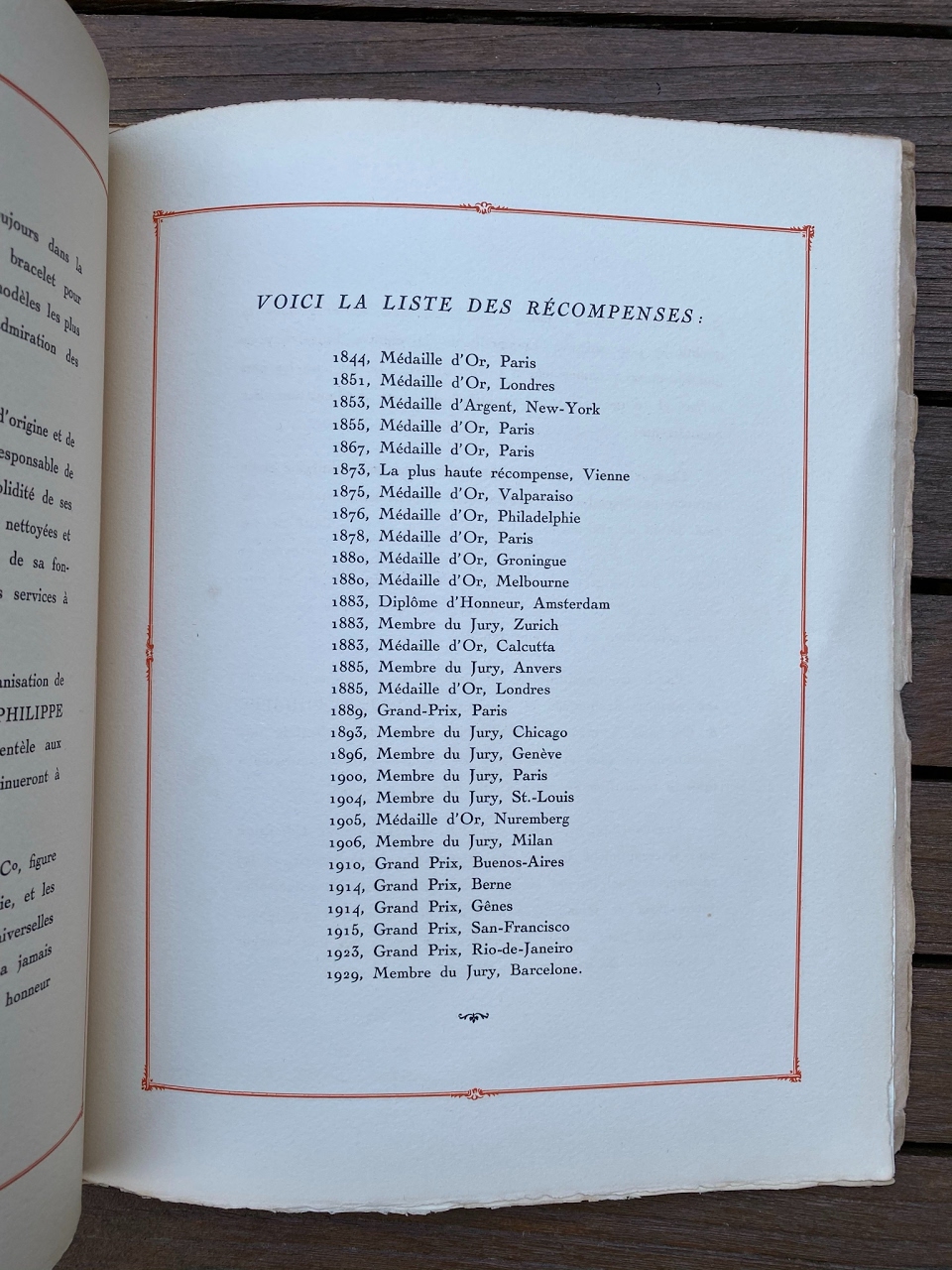
Picture 18: List of Prizes.
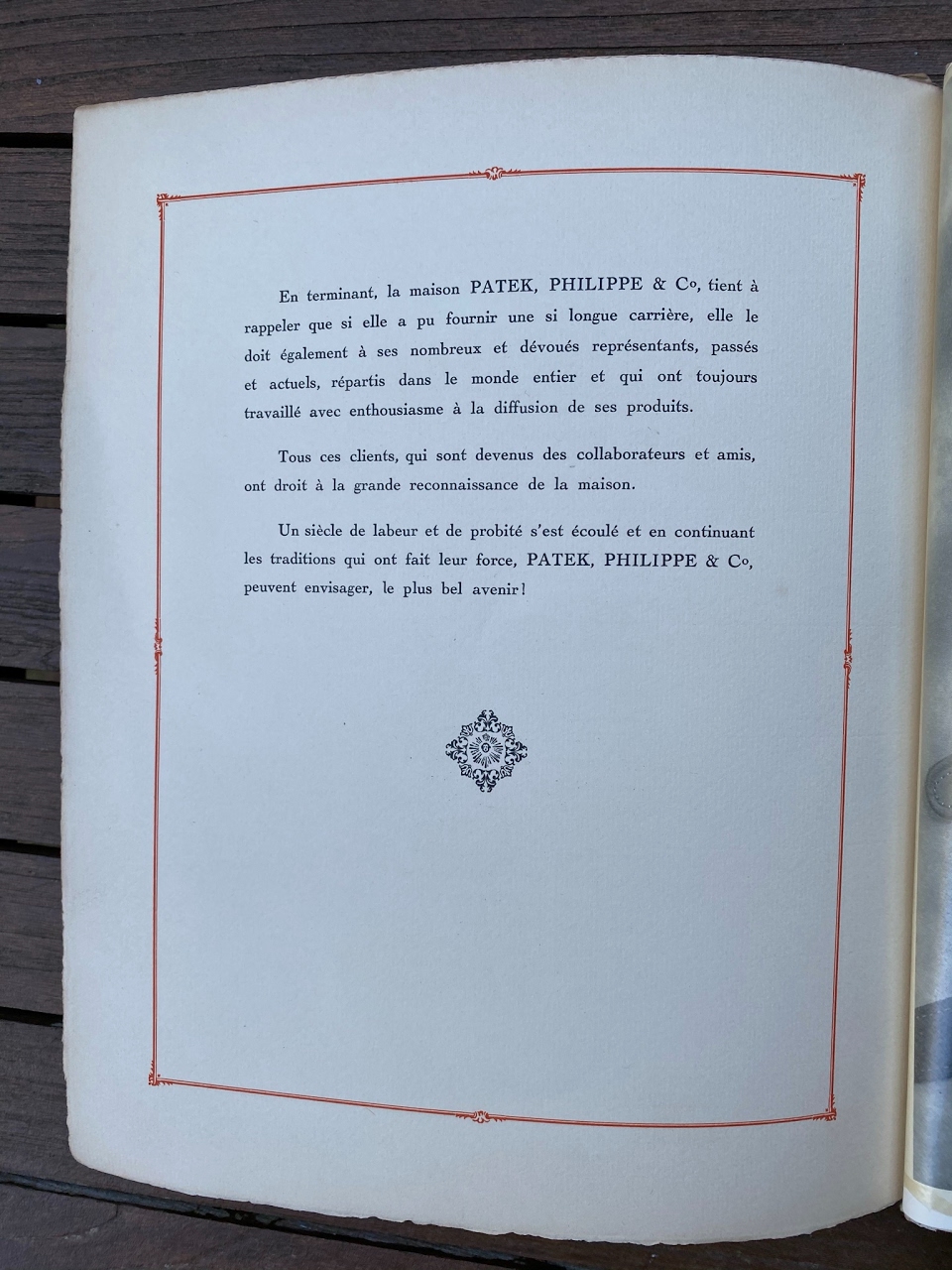
Picture 19: In closing, Patek, Philippe & Co. would like to remind you that if it has managed to have such a long a prosperous history, it is thanks to its numerous representatives and ambassadors all over the world that have always worked with enthusiasm to distribute its products. All of our clients, that have become friends and partners, we owe you our utmost recognition. A century of hard work has gone by and by continuing so, Patek, Philippe & Co. can consider, the most beautiful future for itself.
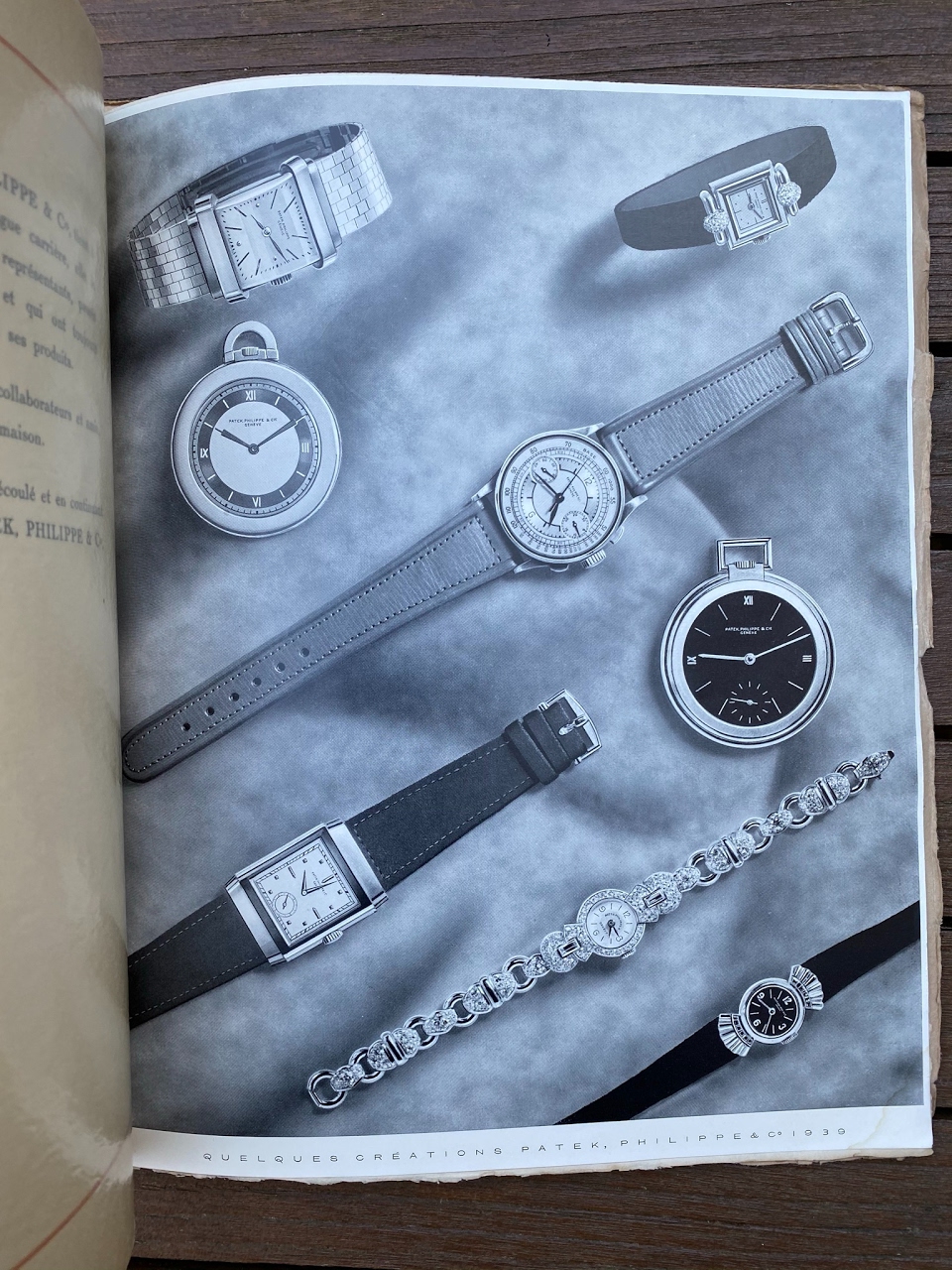
Picture 20: N/A
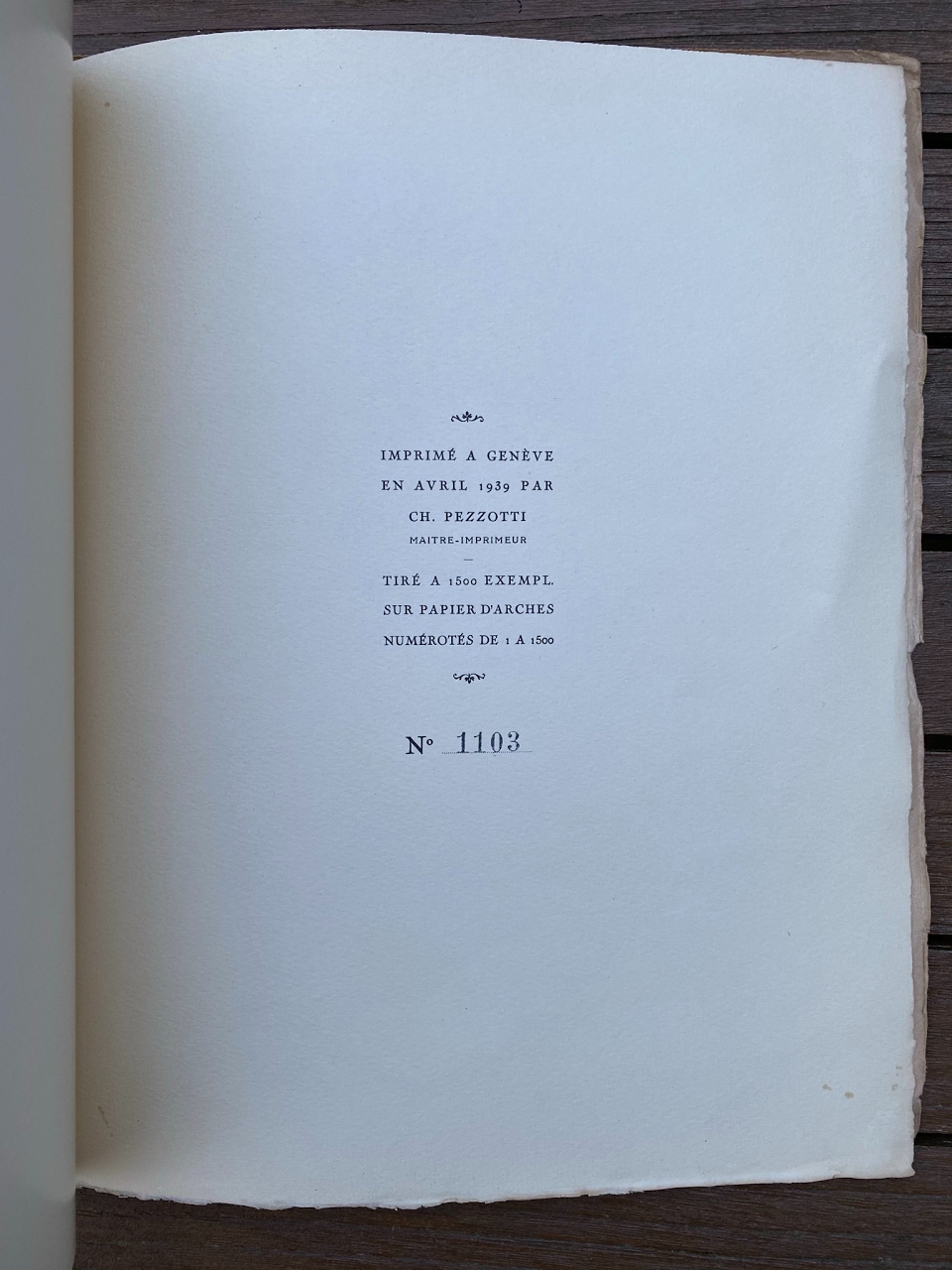
Picture 21: Printed in Geneva in April 1939 by CH. PEZZOTTI Master Printer. Printed in 1500 examples on archive paper, number 1 to 1500. Nº 1103.
This message has been edited by FabR on 2021-05-12 10:13:25
Comments:

GLau May 12th, 2021-09:36
Hi H_A, Thank you for this informative post ! 👍 Also a big thank you to @unekuel for the translation ! Need to spend some quality time reading through all the information !

Horology_Ancienne May 12th, 2021-09:45
Thank you for the kind comment my friend. Super appreciated

Reuven Malter May 12th, 2021-09:36
I was looking to find this for years. Its been one of the few shortcomings of the Foulkes-Book to not go into detail about this small book. A huge thanks for your time to present this to us in so much detail.

Horology_Ancienne May 13th, 2021-13:19
A giant tease to just post the front cover! But I guess it would be impractical to have posted the entire document in the book. Nevertheless I’m glad you found my post of some use!

gadalex May 12th, 2021-09:37
A fine piece of history. Thanks for your efforts in putting together the images and translations. Baruch

Horology_Ancienne May 12th, 2021-09:45
My absolute pleasure. Thank you for the lovely remarks!

amanico May 12th, 2021-10:04
Sublime post. Thanks for sharing. Interesting the part about Patek and Czapek. Merci.

Horology_Ancienne May 13th, 2021-13:19
Thank you for taking the time to leave such a wonderful comment!

VinnieD May 12th, 2021-10:08
This is a real treasure I am sure the 200 anniversary edition will be quite different; I like how even the top tier brands had down to earth communication at the time which was closer to technical documentation for instruments than glitzy marketing for luxury artefacts.
0-10-10
Load More Comments
Next Article
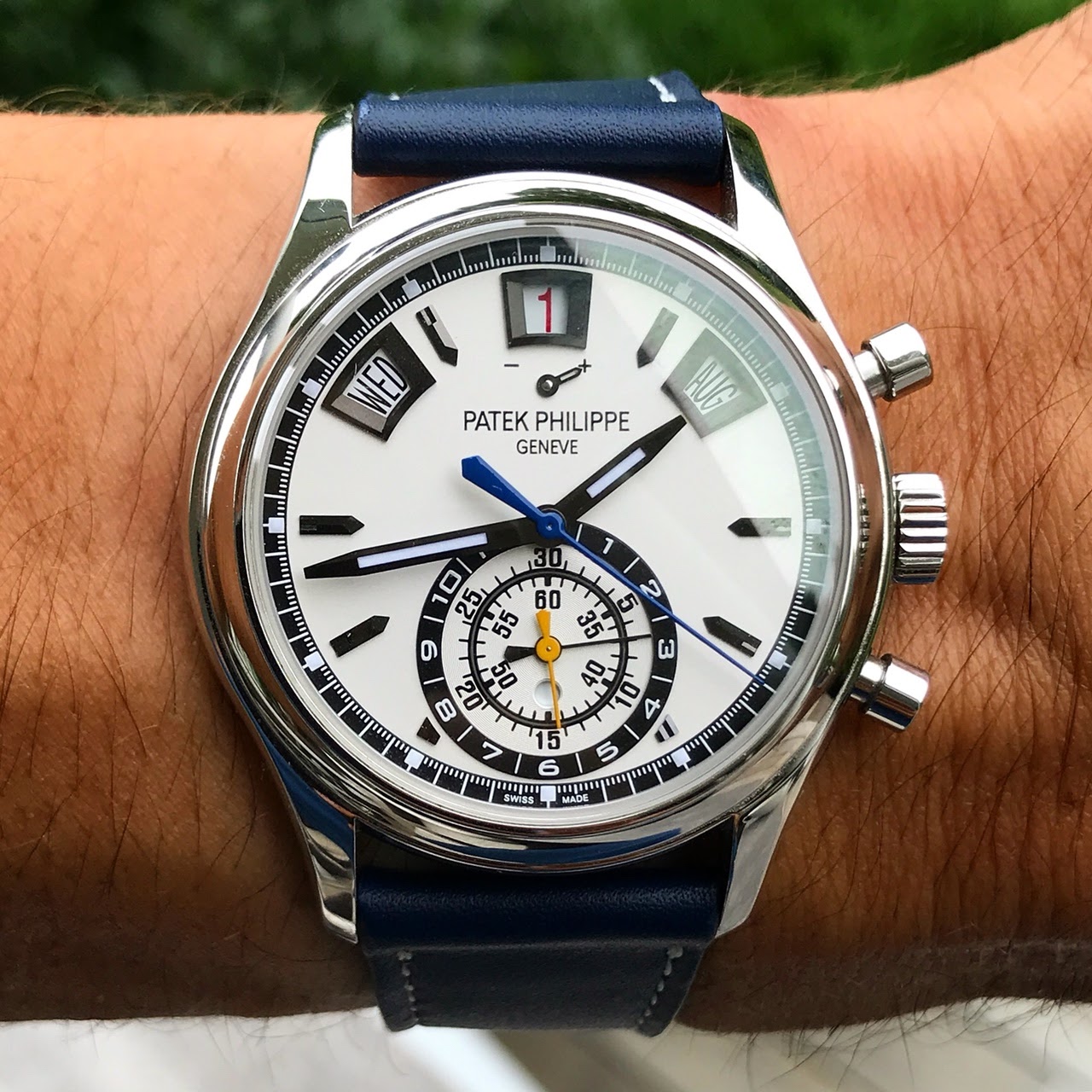
keks


5960 PuristS roll call...
keks


Calling out to PuristS that have in their collection any version of a 5960.... would love to know how many owners we have here. Ideally also which iteration.... I will start with my A...
© 2017 - WatchProZine